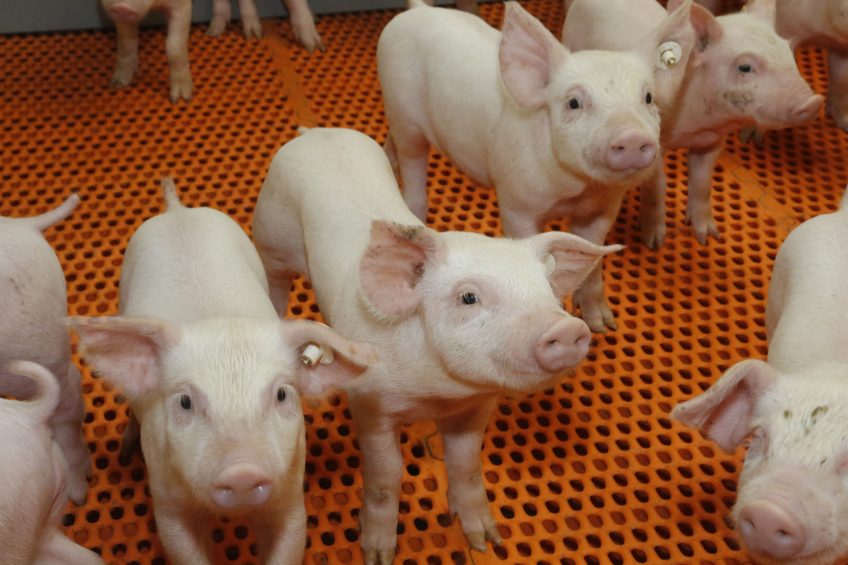Saving costs and the environment by mixing pig diets

By mixing feed phase rations for grow-finishing pigs, Canadian researchers have been able to reduce both feeding costs as well as the mission of harmful compounds in the environment.
Researchers from the University of Sherbrooke, Canada and Agriculture and Agri-Food Canada teamed up with scientists from the French National Institute of Applied Sciences (INSA) in Rennes, France, to develop this novel way of diet formulation. The study was presented at the French Swine Research Days (JRP), held January 31 and February 1, 2017.
Reducing costs of pig feed
Essentially the new feeding strategy is based on a traditional feeding system, which is based on phases, combined with an advanced feeding system, using blend feeding. The scientists stated that their plan stemmed from the notion that feed costs are the most important part of the production cost, so any reduction is a bonus.
For each phase, the scientists made the feed system use 2 diets. These would be blended together to satisfy the daily animal requirements. In an example, they wrote in the abstract: “For 3 phases, one will use 4 feeds (A, B, C, and D): A and B will be used in the first phase, B and C in the second phase and finally C and D in the last phase.”
Feed cost reduction of 5.2%
The scientists concluded that, compared to the traditional feeding system, this combination of diets led to a feed cost reduction of 5.2%. In addition, they found that nitrogen (N) and phosphorus (P) excretion also decreased, by 17.8 and 2.2%, respectively.
Reduce also excretions
They continued to write that, if minimisation of excretions, would be added to feed cost as a criterion, it would even be possible to design a feeding system, cost-equivalent to a traditional feeding system using 3 phases, and reducing phosphorus and nitrogen excretion, by 16% and 18% respectively.
Moreover, they wrote, one could also design feeding systems being cost-equivalent to a feeding system blending feeds (using 2 diets and 1 phase and reducing feed cost by 4%), which would reduce phosphorus and nitrogen excretions by 8% and 17% respectively.
The research was done by François Dubeau and Jean-Pierre Dussault, University of Sherbrooke, Canada; Mounir Haddou, INSA Rennes, France; Candido Pomar, Agriculture and Agri-Food Canada; and lead author was Emilie Joannopoulos, attached to both the University of Sherbrooke and INSA Rennes.











